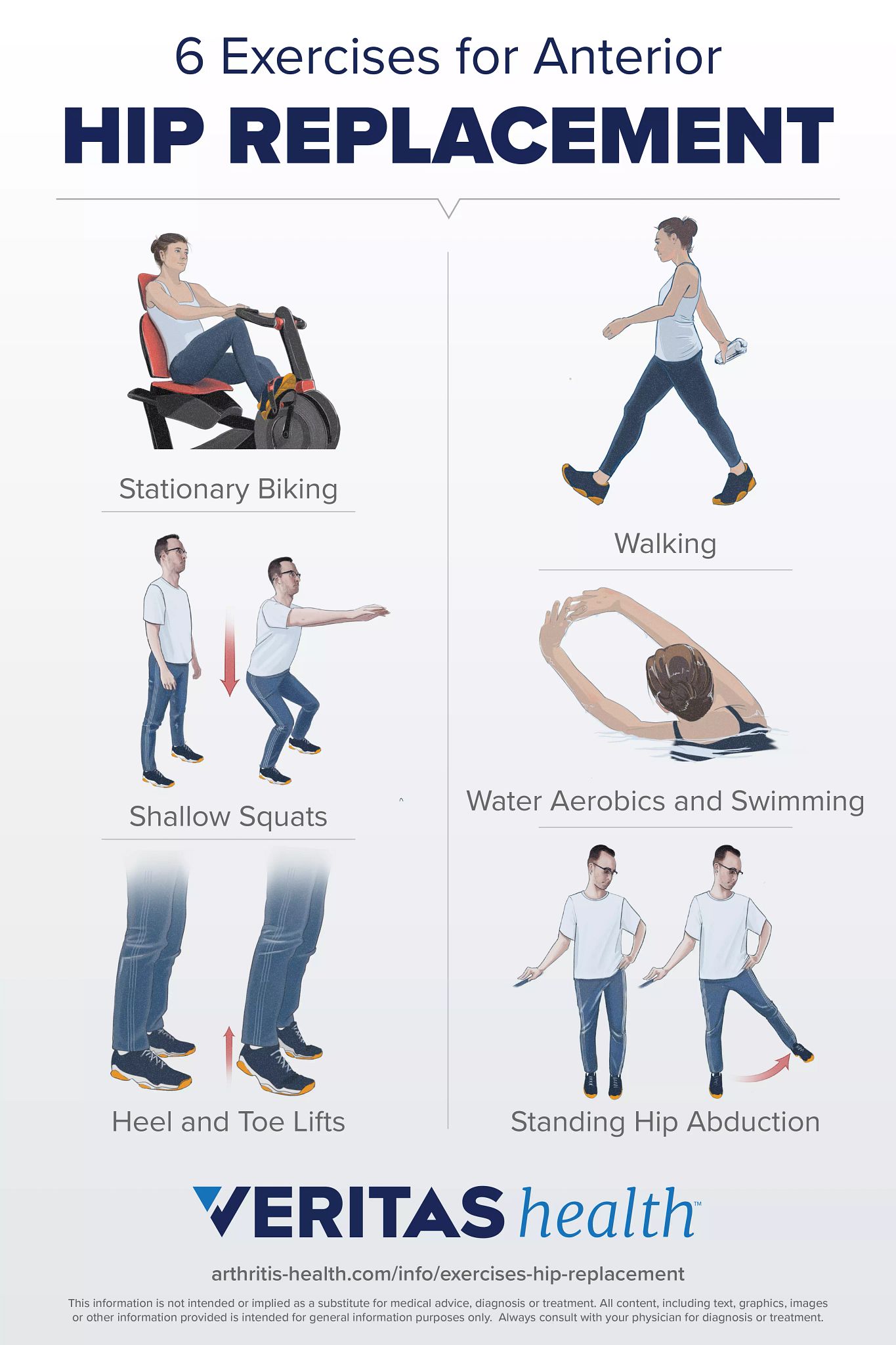Direct anterior hip replacement.
Direct anterior hip replacement complications.
Anterior total hip arthroplasty rehabilitation guideline this rehabilitation program is designed to return the individual to their activities as quickly and safely as possible.
This surgical procedure has been around for a long time more than 100 years but has gained significant interest from surgeons performing total hip replacement over the course of the past decade.
The most commonly utilized total hip replacement is the posterior approach through the back of the hip which has been performed successfully for decades.
A total hip replacement is a type of surgery.
Direct anterior total hip arthroplasty is a technically demanding procedure.
After the anesthetic has been administered and the skin is sterilely prepared an incision is made in the front of the thigh over the hip joint typically 3 cm from the thigh crease.
Total hip arthroplasty is a common surgery with more than 330 000 procedures performed in the united states every year.
For example a study of 505 anterior hip replacements and 1288 posterior hip replacements found that 7 1 4 of the anterior hip patients had wound healing problems compared to 5 0 2 of the.
It replaces your hip joint with an artificial one.
Most complications associated with anterior approach hip replacement are similar to standard hip replacement complications.
Mini posterior approach mpa or direct anterior approach daa.
As the number of primary total hip arthroplasties tha utilizing the direct anterior approach daa increases it is important to understand the complications and potential pitfalls of this approach.
However there is significant controversy over the optimal muscle sparing approach.
The anterior approach through the front of the hip has been utilized as long as the posterior approach but its popularity has grown in the us over the past 10 15 years.
Anterior hip replacement is a common type of total hip replacement.
Then they replace the joint with.
Research suggests that people who undergo anterior hip replacement may be more likely to have a problem with wound healing particularly infection.
One specific complication is an injury to a large skin nerve just adjacent to the incision of the anterior approach hip replacement.
The direct anterior approach to the hip is becoming much more commonly performed.
We review the literature for the learning curve potential for nerve damage fracture risk revision risk radiation exposure potential for increased blood loss and wound complications.
These surgeries may also be called mini modified minimally invasive or muscle sparing surgeries.
During surgery your doctor makes an incision in the front of your hip to reach the hip joint.

